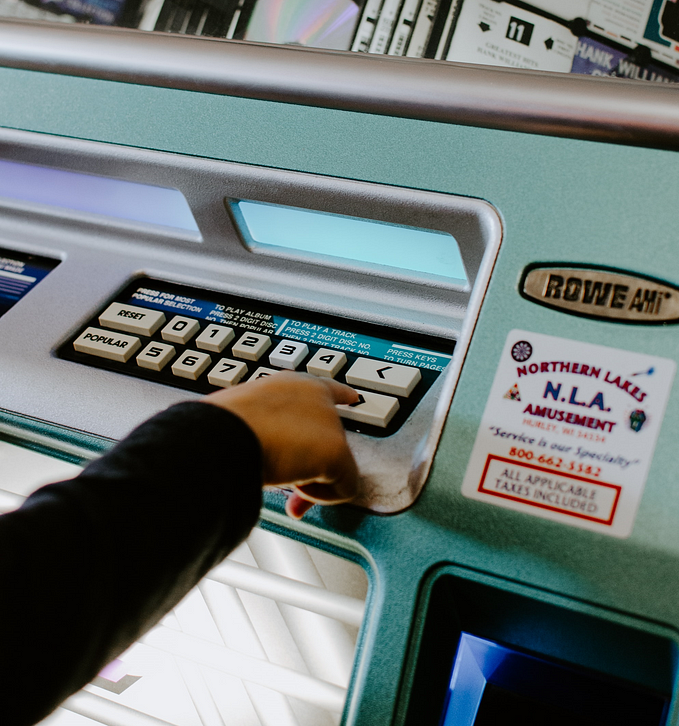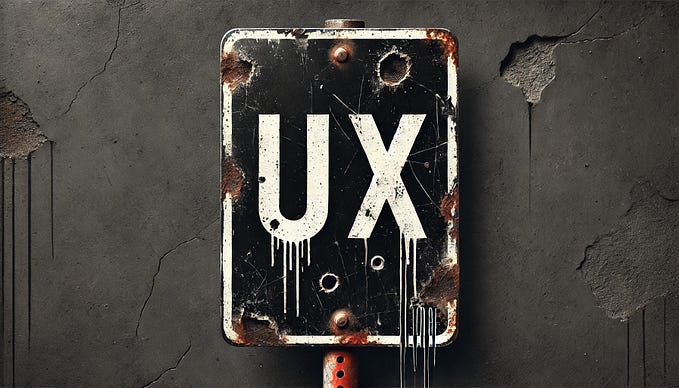Member-only story
How to restore your users’ attention
Keep your customers by preserving their mental health.

In the UX field, a growing number of product designers take an interest in solutions that, instead of wasting the attention of the user, give it back to them.
Seeking anti and distraction-free product designs that respect and respond precisely to their needs, they try to empower users’ source of attention rather than impoverishes it.
According to Nir Eyal in Indistractable, to be effective, these tools would not only have to reduce distraction but also gives real traction to users’ essential tasks.
They would give the user control over the flow of information, allow them to filter their searches, give them an environment where they can be focused and inspired, and use quiet and non-invasive technologies.
Here are 4 types of products that use these techniques to have more focused and therefore more engaged and passionate customers.
Giving Them Control over Their Flow of Information

Overwhelmed by emails and chat group messages, it is sometimes not easy for an employee to focus on his work.
UX that confronts this problem the smart way gives the user the power to actively select his information flow, organize it, and consume it later.
Several productivity tools that manage email consumption such as Boomerang or Sanebox allow you to reappropriate your experience with your email box.
Boomerang, an application for Gmail, enables you to process your email lists in a deferred manner by scheduling when you receive and send them, reorganizing them according to their order of importance and setting read and send dates.

Sanebox allows you to clean up your messages by listing them according to whether they are useful or distracting. The former will land directly on…








